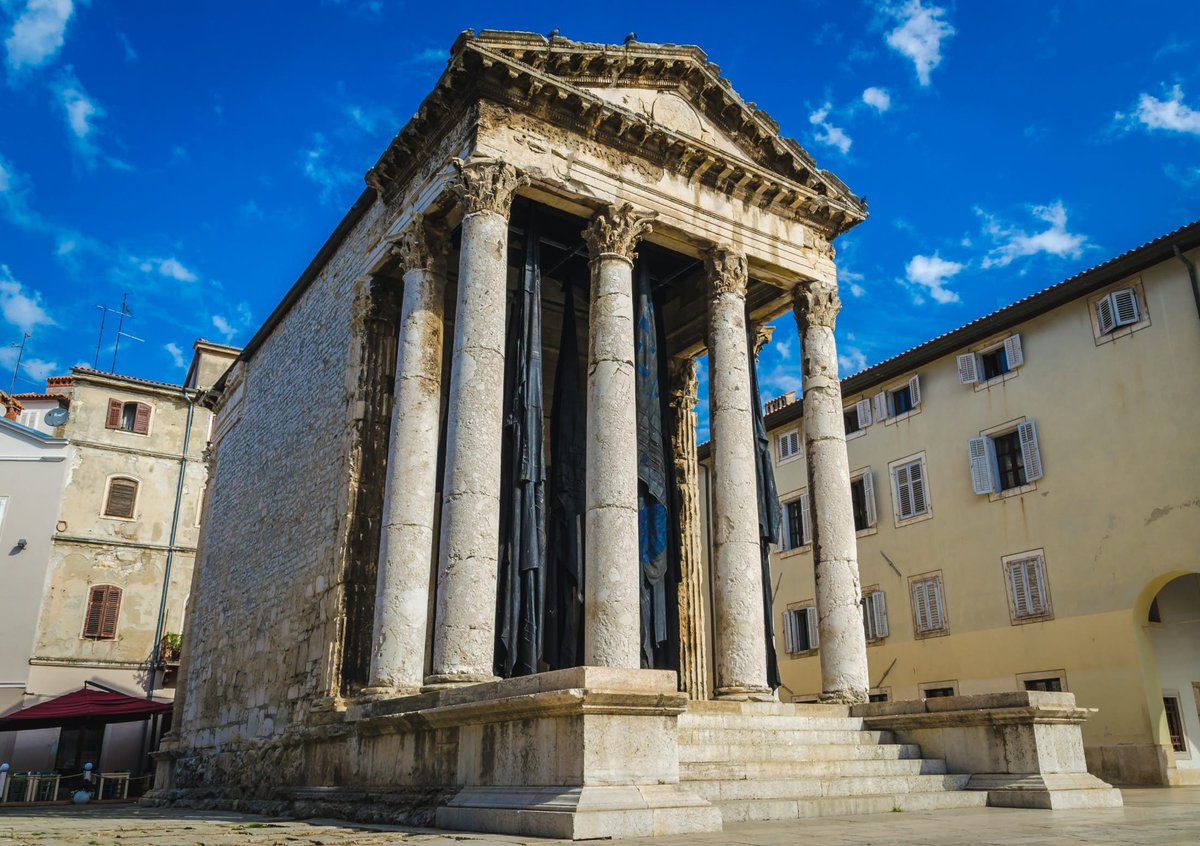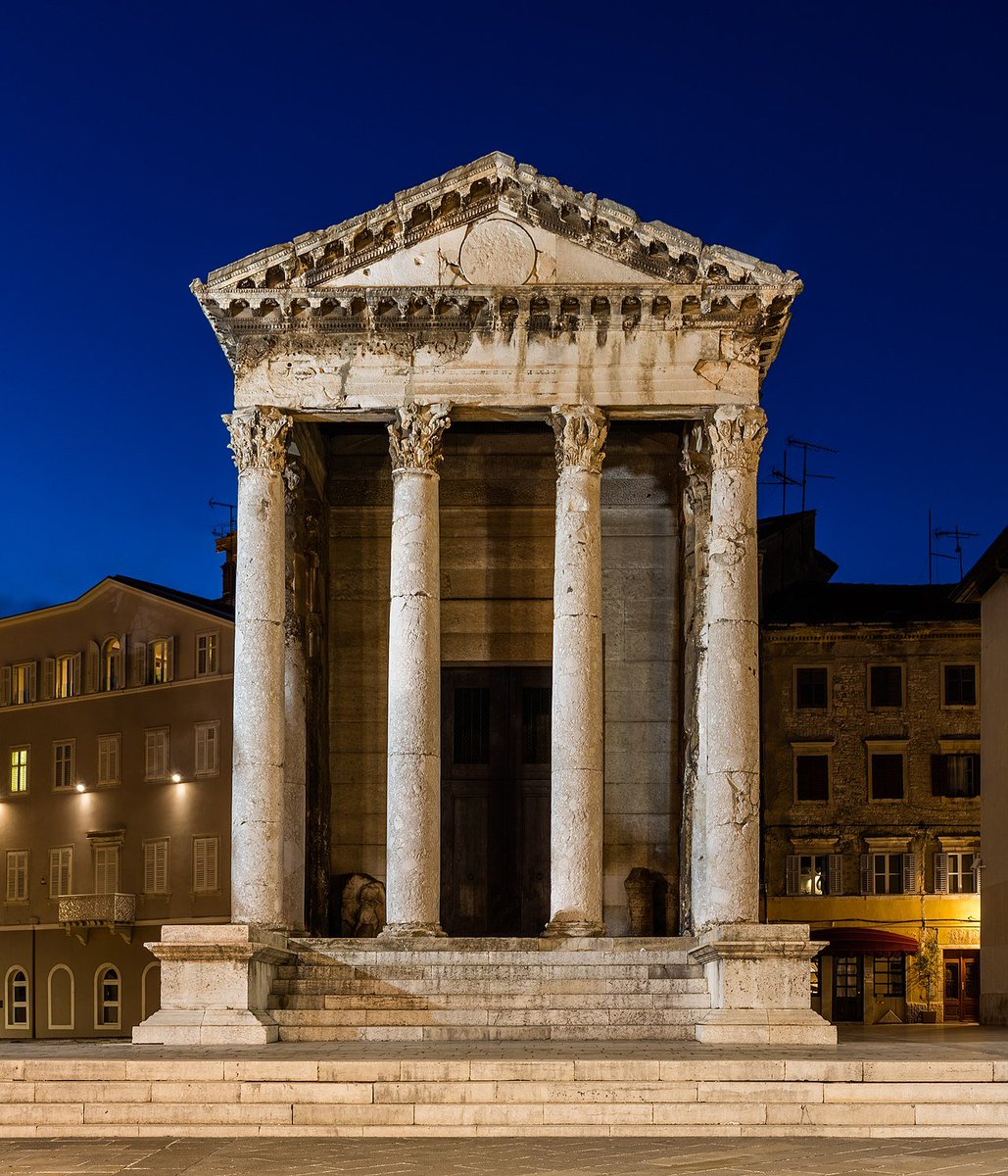
#RomanSiteSaturday - The Arch of Constantine 🏛️
(1/7) Situated in Rome between the Colosseum and the Palatine Hill, this imposing triumphal arch spans the Via Triumphalis, a road taken by victorious Roman generals celebrating a triumph.
#Classics #Rome #Archaeology #History
(1/7) Situated in Rome between the Colosseum and the Palatine Hill, this imposing triumphal arch spans the Via Triumphalis, a road taken by victorious Roman generals celebrating a triumph.
#Classics #Rome #Archaeology #History

(2/7) Built between 312 - 315 CE, this monument commemorated Constantine's victory over his rival Maxentius at the Battle of the Milvian Bridge in 312. Commissioned by the senate, it was unveiled on 25th July 315 to much celebration and prayer. 
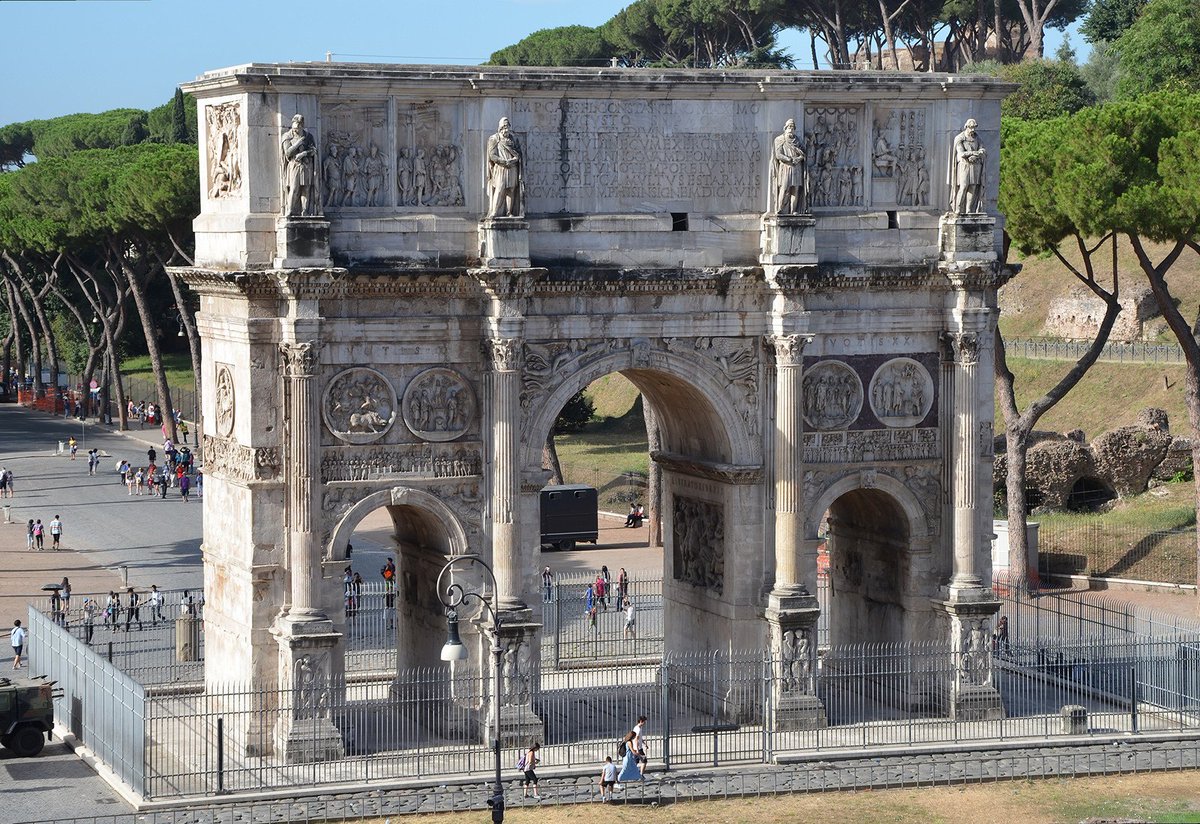
(3/7) Stylistically, the arch is a clear example of the downfall of Classical Greek art forms in the Roman period, and a sign of the city's decline. Re-using reliefs of Trajan, Hadrian and Marcus Aurelius alongside those of Constantine, it presented a mixed artistic message. 





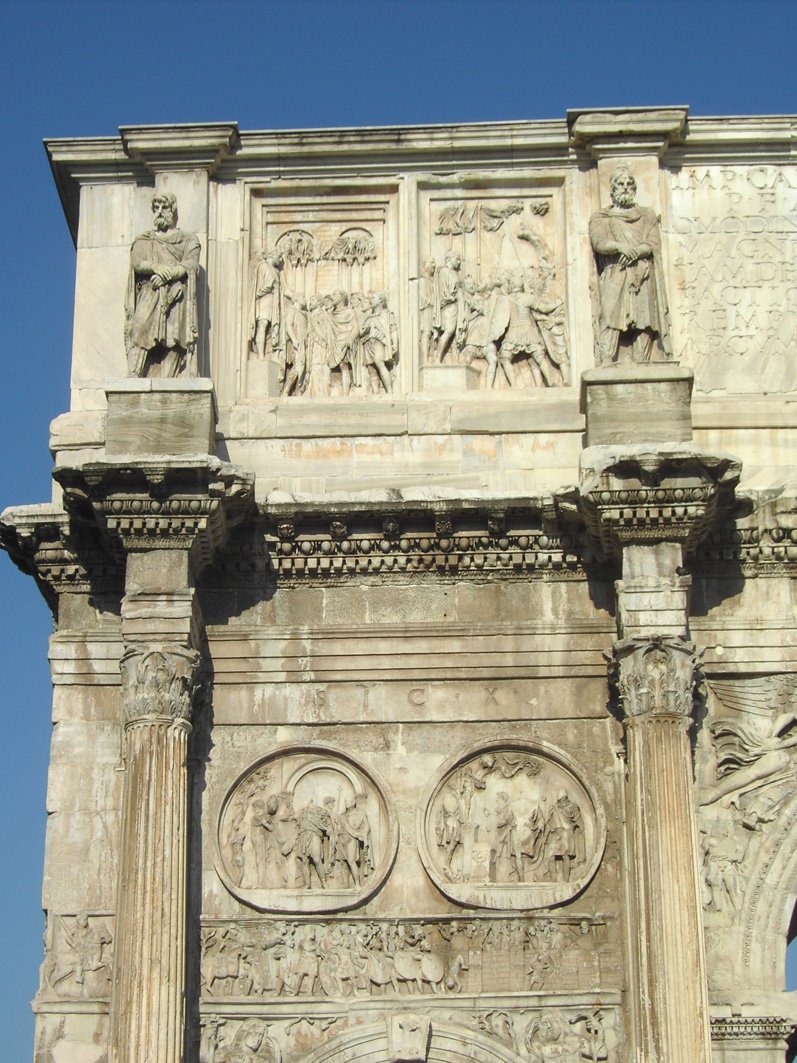
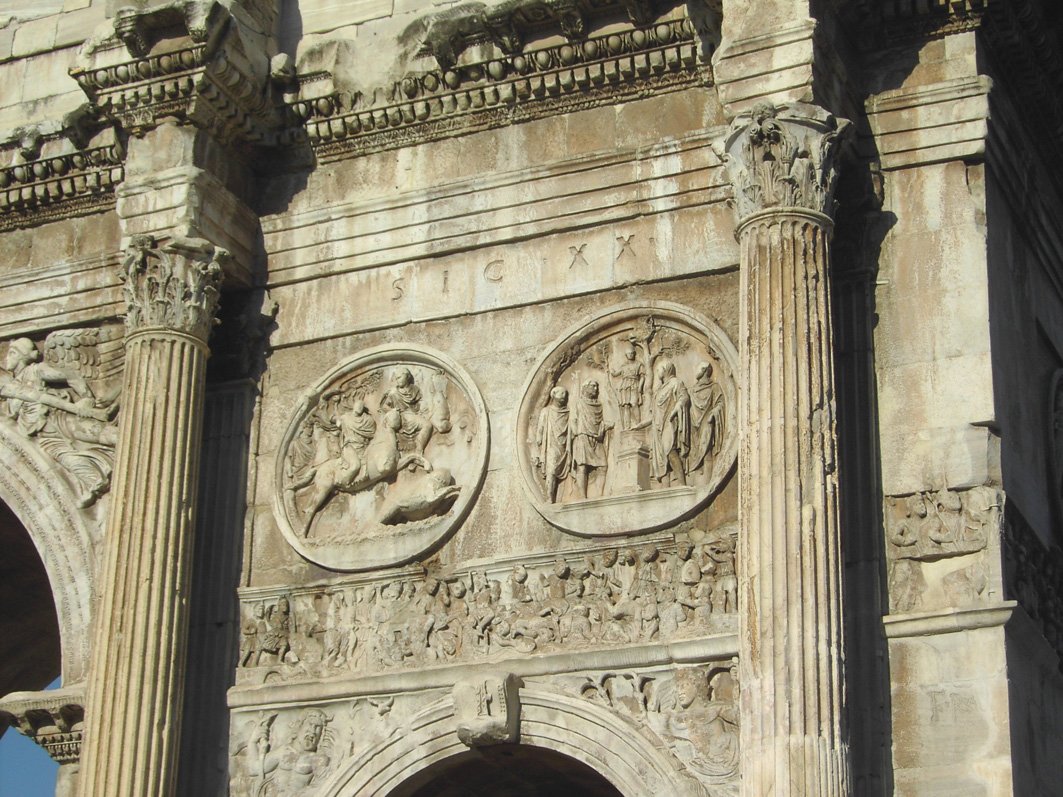
(4/7) As a result, the arch has been the subject of controversy, with some scholars suggesting it was built by Hadrian and later reworked during Constantine's reign to save expense and effort. Another theory suggests it dates to as early as the reign of Domitian! (r. 81 - 96 CE). 



(5/7) Despite offering a somewhat controversial message about imperial disinterest in the city of Rome, the arch remained one of the most impressive civic monuments in its urban landscape. Overall, the monument sought to depict Constantine as a liberator of Rome, not an occupier. 

(6/7) Given its association with the Christian Emperor Constantine, the arch was spared the destruction experienced by earlier and contemporary buildings and monuments conducted by the early Church. During the Middle Ages, it was incorporated into a local fortification. 

(7/7) In the 18th century, however, it underwent a limited restoration. This process continued throughout the 19th and 20th centuries, with excavations and repairs last conducted in the late 1990's in anticipation of the Catholic Church's "Great Jubilee" in 2000. 

@threadreaderapp unroll please!
• • •
Missing some Tweet in this thread? You can try to
force a refresh




















